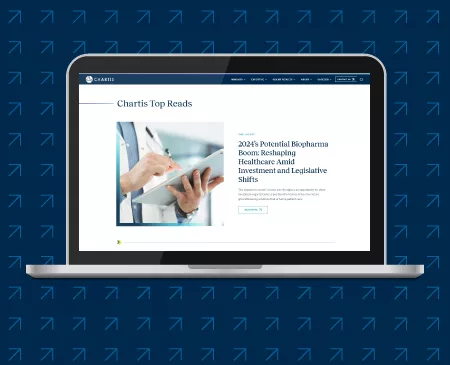The Buzz This Week
America's obesity crisis has continued to escalate. A recent report from the Centers for Disease Control and Prevention (CDC) indicated that 22 states reported an adult obesity prevalence of 35% or higher in 2022. This marks a dramatic increase from 10 years ago, when no state had reached such levels.
The data also reveal significant racial and ethnic disparities, with a 35% or higher obesity prevalence among Black, Hispanic, and American Indian or Alaska Native adults in 28, 32, and 33 states, respectively. This pattern underscores the complex interplay between health and various social drivers, including access to healthcare, availability of nutritious food, and opportunities for safe exercise.
According to Karen Hacker, MD, director of the CDC’s National Center for Chronic Disease Prevention and Health Promotion, "Obesity is a disease caused by many factors, including eating patterns, physical activity levels, sleep routines, genetics, and certain medications. This means that there is no one-size-fits-all approach. However, key strategies include addressing the underlying social determinants of health." In line with this, the CDC emphasizes the use of respectful language and person-first narratives when discussing obesity to ensure that individuals are not defined by their health conditions.
Why It Matters
The United States' obesity epidemic has evolved into both a dire public health concern and economic threat. Projections by the World Obesity Federation warn that if current obesity trends persist, the associated costs could escalate to an alarming $4.32 trillion annually by 2035—akin to the economic impact of the COVID-19 pandemic in 2020. This staggering figure highlights the necessity for healthcare organizations to orchestrate a concerted, multi-layered response to this crisis.
The financial burden of obesity extends beyond direct healthcare costs to include the societal impact of chronic conditions such as heart disease, type 2 diabetes, and certain cancers, which are more prevalent and severe among individuals with obesity. Healthcare organizations are at the front lines of this crisis, facing the immediate challenge of providing comprehensive care amid rising prevalence. Integral to this care are workforce development initiatives that enhance the skills of healthcare professionals in obesity management and policy advocacy that underpins robust obesity prevention programs.
The advent of GLP-1 receptor agonists (medications that mimic a natural hormone to help regulate blood sugar and decrease appetite) signals a promising leap forward in medical treatment options. Despite their potential, these medications' exorbitant cost and the complexities of insurance coverage erect barriers to access, underscoring the urgent need for healthcare organizations to not only offer these treatments but also champion insurance reforms that ensure equitable patient access.
Furthermore, tackling obesity's uneven impact across racial and ethnic lines necessitates a deep dive into the social drivers of health that exacerbate these disparities. Healthcare organizations can drive change by fostering community-based initiatives that bolster access to nutritious food and safe physical activity spaces. Strategic alliances with local groups ensure that these interventions are culturally sensitive and grounded in the realities of the communities they serve, enhancing their effectiveness and sustainability.
In synthesizing these efforts, healthcare organizations must recognize the intricate ties between obesity, social inequities, and economic constraints. By committing to preventive care, workforce enhancement, policy advocacy, and community engagement, healthcare organizations can spearhead a comprehensive and sustainable counter to the obesity epidemic. This holistic approach not only addresses immediate health needs but also contributes to the broader goal of cultivating healthier, more equitable communities. The cumulative efforts in prevention, treatment, and advocacy not stand to improve health outcomes and offer a prudent investment against the looming economic toll projected by global health entities.
RELATED LINKS
CDC:
Adult Obesity Prevalence Remains High; Support for Prevention and Treatment Needed
World Obesity Foundation:
World Obesity Atlas 2023
STAT News:
Obesity could cost the world over $4 trillion a year by 2035
Editorial advisor: Roger Ray, MD, Chief Physician Executive.







